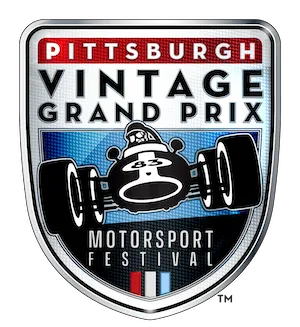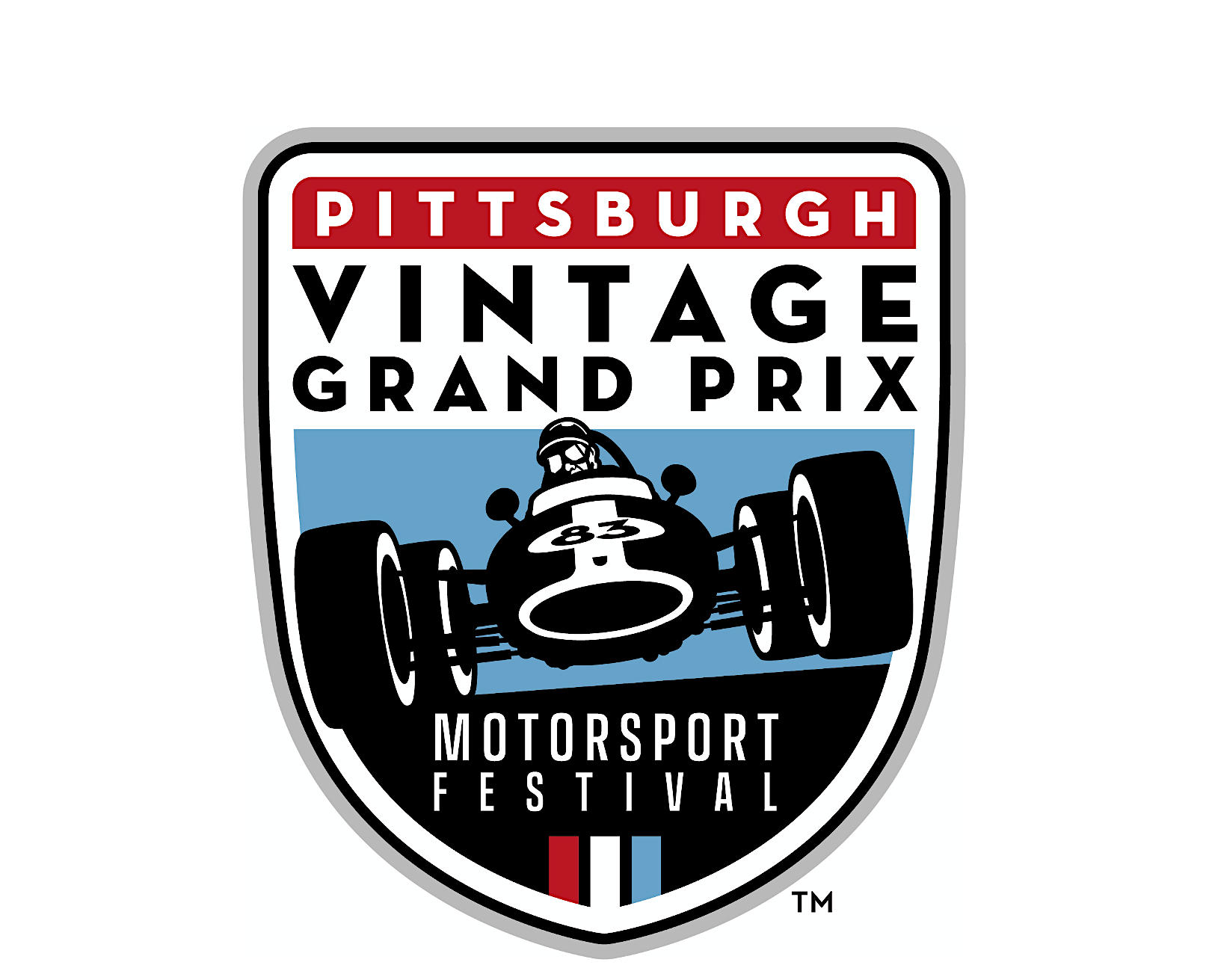Honorary Race Director: Roy “Father Viper” Sjoberg
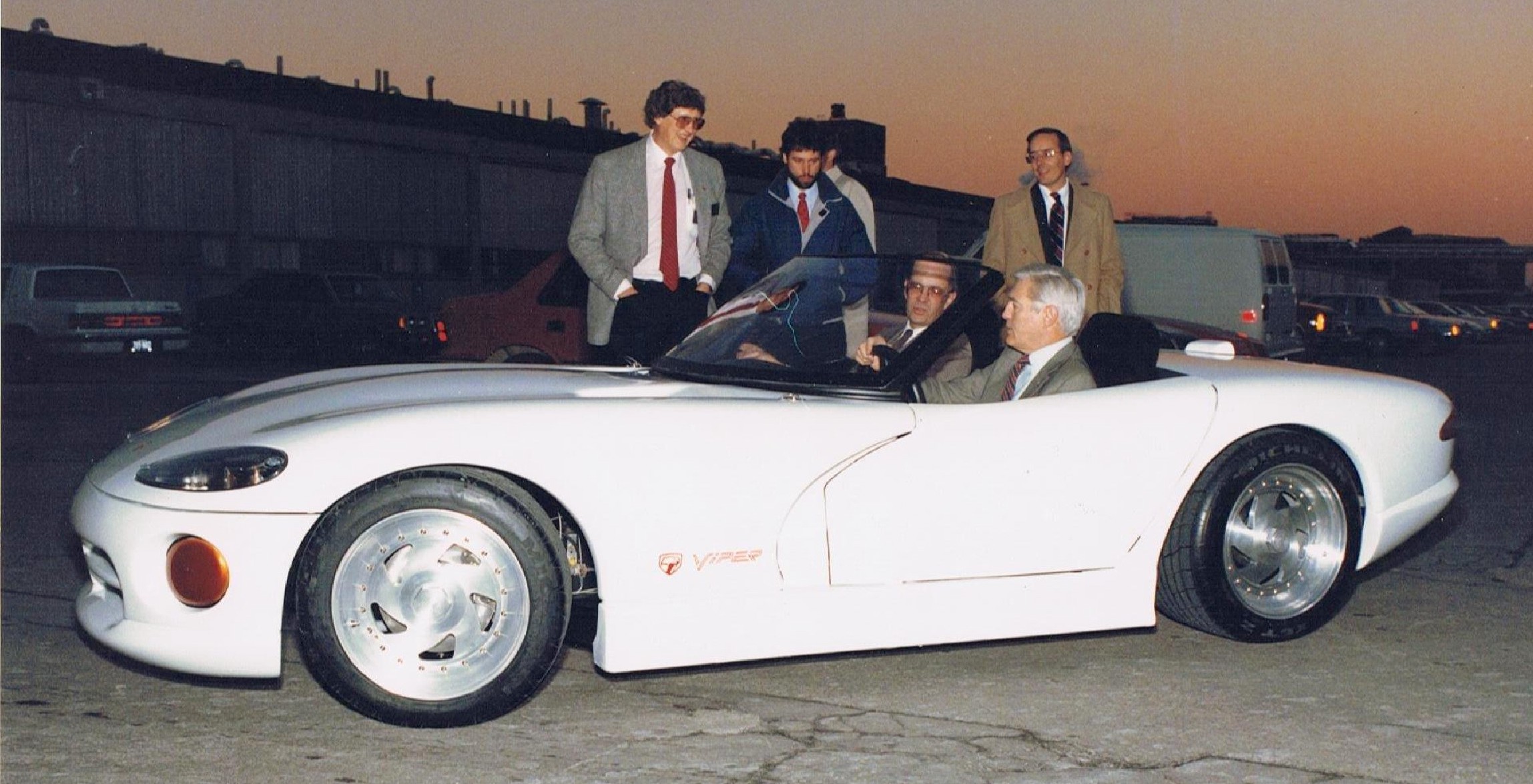
“With Cobra DNA donated by Carroll Shelby himself, the V10 Dodge Viper is raw, capable, brutally powerful, and a 100% American driver’s sports car. Viper can go from road course to drag strip, win an autocross, tour a twisty canyon road, and then take your significant other for a weekend in the mountains without so much as changing the tire pressure. Moving Viper from concept show car to production sports car inside a slow moving corporation required a unique and talented group of people. “Team Viper” as they became known, was a gaggle of hot rodders, motorcyclists, Pro-Rallyists, SCCA racers, and drag racers all building economy K-cars and Horizons by day, and racing by night. The man who found these competitive and creative engineers and inspired them to shake a fire breathing 10 cylinder Viper out of a 4-cylinder K-Car company is this year’s Honorary Race Director, Roy Sjoberg.” ~ Ken Nowak, Team Viper
July 1, 2022 – The Pittsburgh Vintage Grand Prix is very honored to announce that Roy” Father Viper” Sjoberg has accepted our invitation to be our 2022 Honorary Race Director as we recognize the amazing Dodge Viper as our Spotlight Car for 2022. Roy and the Viper Team will be on hand at the PVGP Historics and at the Vintage Races at Schenley Park to talk about how racing was an important component of the Viper Development.
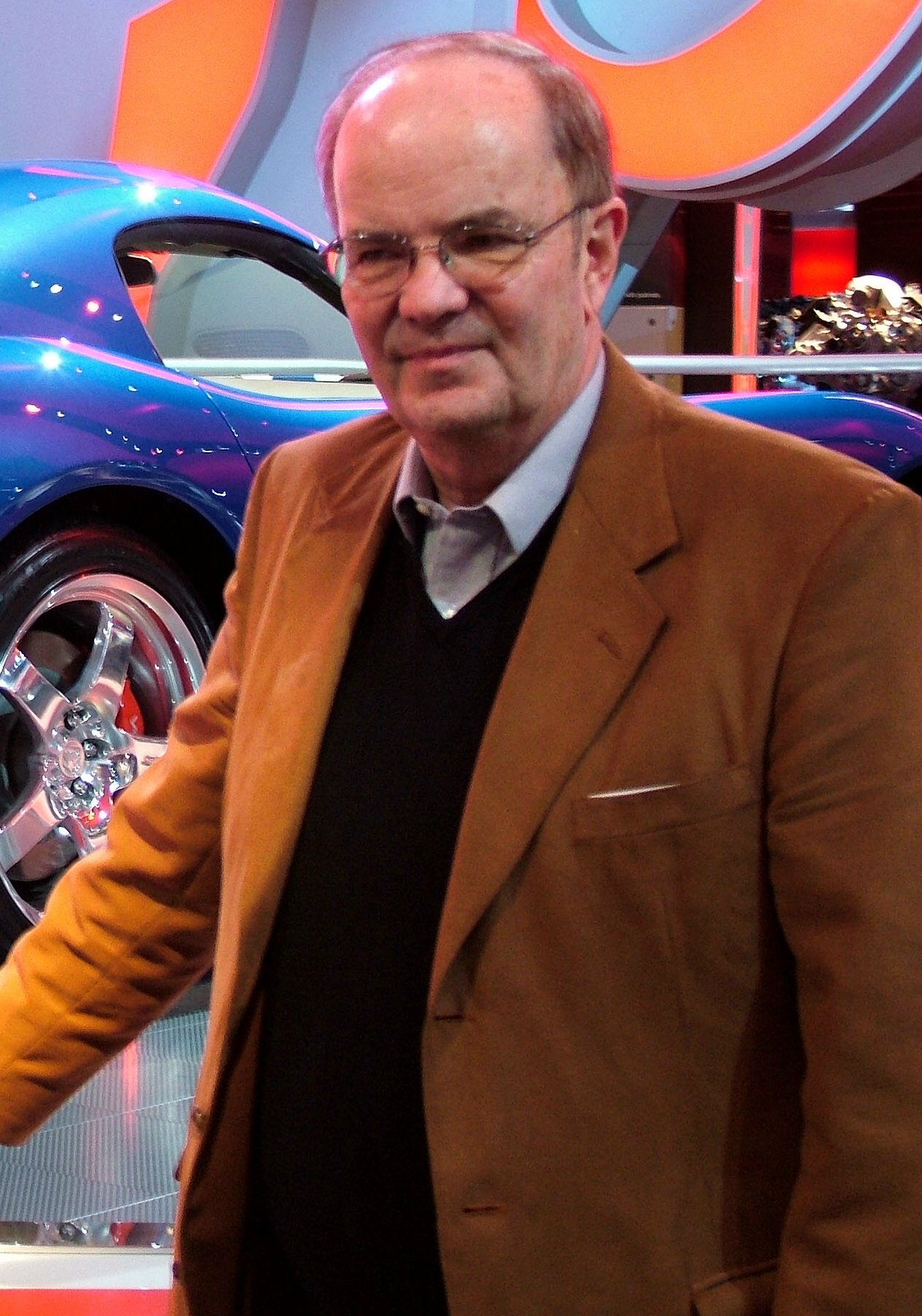 Roy Sjoberg was recruited to Chrysler from General Motors in 1985 after being the right hand to GM’s Zora Arkus-Duntov whom, many may recall as being our honored guest at the 1993 PVGP as the Father of the Corvette. Sjoberg had spent 25 years at GM and had worked with Duntov on a mid-engine Corvette proposal. Duntov was the one who gave Roy the name “Father Viper“, after being selected by then Chrysler CEO Lee Iacocca and President Bob Lutz as the first Chief Engineer of Viper in 1989.
Roy Sjoberg was recruited to Chrysler from General Motors in 1985 after being the right hand to GM’s Zora Arkus-Duntov whom, many may recall as being our honored guest at the 1993 PVGP as the Father of the Corvette. Sjoberg had spent 25 years at GM and had worked with Duntov on a mid-engine Corvette proposal. Duntov was the one who gave Roy the name “Father Viper“, after being selected by then Chrysler CEO Lee Iacocca and President Bob Lutz as the first Chief Engineer of Viper in 1989.
Sports car racing had been in Roy’s blood since he pit crewed for his brother in the mid-1950s. Roy also raced and this developed into SCCA car preparation. Father Viper’s official title though, was Executive Engineer-Viper Project. In that position, he created and managed the Project Team for the Viper’s development. He began by inviting a few dozen race-bred Chrysler engineers to a recruiting meeting. As word began to spread within Chrysler, 140 showed up to offer their services. Sjoberg selected 21 engineers, designers, and mechanics, many of whom had pro rally, Team Shelby road racing, or amateur track experience. Roy favored racers because he believed they brought the ‘do whatever it takes’ attitude.
Chrysler had a $100M development budget, $50M of which had been spent on the Mini Van that Roy had headed up before the Viper Project. Roy was told by the CFO that he actually didn’t have $50M, he only had $49.9M because that, “was essentially zero on the balance sheet to shareholders.” The small nimble team worked in a big open floorplan with Roy’s desk right in the center of the room. “He listened to everyone intently for their ideas, from the lead engineers to the guys mopping the floors,” said Ken Nowak.
According to Bob Lutz, “Roy Sjoberg would ring a handheld school bell, the signal for everyone to drop what they were doing, gather around and hammer out a solution. This was ’real time, right now’ problem solving, with no reports or focus groups to slow its progress.” Roy would often be heard saying “Make it Happen,” as the decisions of the team where made. This is the ‘Platform Team’ concept, as opposed to the widely instituted ‘Chimney Team’ management structure, common at the time and was what created the esprit de corps of Team Viper.
Roy’s favorite saying, “If you ain’t the lead-dog, the scenery never changes,” and was how Team Viper brought the Viper from concept to production in less than 36 months. The Platform Team concept, envisioned by Sjoberg to bring the Viper to production later became the corporate-wide organizational structure for Chrysler.
Sjoberg is a notable keynote speaker on engineering, technical and team building/motivational subjects to such national organizations as SAE, SME, ASME, & ASQC. He has been a consultant to the U.S. Air Force and ARPA on lean product design and team concepts, resulting in a USAF initiative, code named ‘Viper’.
Roy is owner of Team R-Squared S LLP, which does automotive consulting and manufactures after-market automotive components. He is the holder of over a half-dozen domestic & international patents and is nationally acknowledged by the Society of Plastics Engineers (SPE) with three Plastic Part of the Year awards and has also received SPE’s Lifetime Award for contributions to the plastic industry.
Roy will be onstage at Schenley Park on July 23 by several members of Team Viper including:
- Herb Helbig – Chief Engineer. The nickname “Grailkeeper” came about as Herb held off many internal and external forces that wanted to “enhance and civilize” the Viper beyond its original intent, such as automatic transmissions and cup holders.
- Dick Winkles, “Mr. V10” (V-10 Powertrain Chief Engineer). Dick was involved in any and everything performance related at Chrysler over his first 7 years, which included the 2.2L Turbo engines, IMSA RS, SCCA endurance championships, IMSA GTU and Lamborghini F1 racing support.
- Ken Nowak, “Bondo”, Senior Engineer – Viper/SRT. Ken was able to assemble a dedicated team of craftsmen and build the Viper White Mule, VMO1. He was the Prototype vehicle build program manager for the Gen I through Gen III Viper, VGX Viper Project, LeMans GTS/R FIA racing cars, RAM SRT and various Indy 500 Pace cars.
Viper Spotlight Display Features Race Winning Cars from the Chrysler Museum
With the gracious help of Ralph Gilles, Head of Design at Stellantis and Brandt Rosenbusch, the Collections Manager at Stellantis, the PVGP is excited to welcome three Vipers with some amazing racing provenance. The first is the C7 24 Hours of Le Mans winner from 1998, the C21 Daytona Rolex 24 hour winner, complete with the track rubber and dirt still preserved, and the “Blue Lightning” Land Speed Record holder.
1997 Chrysler/ORECA Viper GTS-R C7
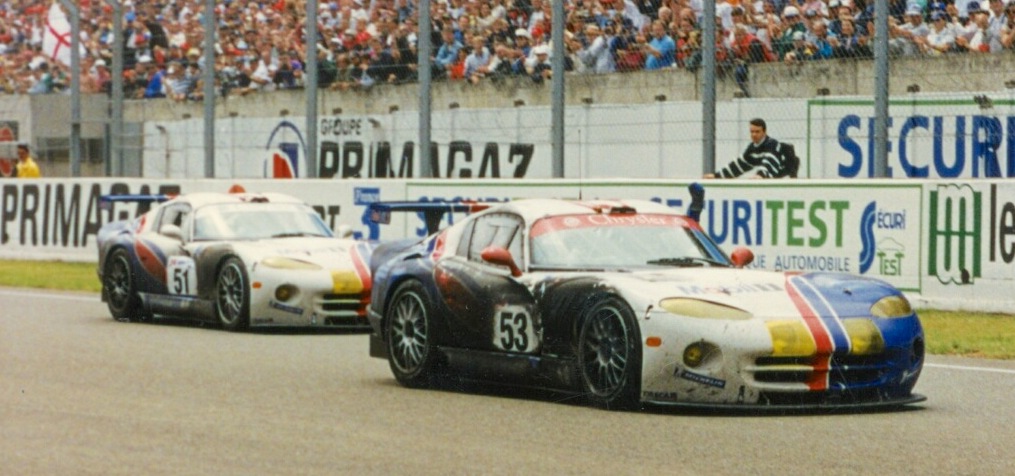
Photo by Jeff Reece
Built March 1997 at Chrysler’s Featherstone Road Engineering Center in Auburn Hills, Michigan, this GTS-R was the second “lightweight” Viper for the 1997 season. Numerous improvements were made to the chassis for performance and weight optimization verses prior GTS-Rs. Viper Team ORECA campaigned the GTS-R in FIA GT competition carrying race number 51 on a white livery with dual blue stripes. Oliver Beretta and Philippe Gache would pilot C7 to the program’s first victory in the GT2 class at Hockenheim, Germany in April 1997. At the 1997 24 Hours of Le Mans, C7 carried number 61 and led by as much as 7 laps. The lead disappeared when a stuck throttle resulted in a crash and DNF. It was repaired and scored three more FIA GT2 wins and multiple podiums in the 1997 season. These finishes contributed to Viper Team ORECA score and first ever FIA GT World Championship for Chrysler.
By 1998, C7 was relegated to backup as new GTS-Rs with increased refinement were built for the season. It was the third team car at Le Mans carrying race number 53 on the red, white, and blue Viper Team ORECA swirl livery with support from Mobil 1. Prior to the Le Mans pre-qualifying, the car caught fire in testing. It was completely rebuilt at ORECA from the rear wheels forward. The work was completed and C7 qualified 4th in the GT2 class. Weighing 50 kilograms more than its ORECA teammates, C7 was driven by Justin Bell, Luca Drudi and David Donohue with a conservative strategy. This team set a quick, consistent, and economical pace.
As their Viper teammates and the Porsches experienced trouble, C7 grabbed the GT2 class lead and won Chrysler’s first Le Mans victory. This was the first win for a production based American entry! In the week following, C7 would appear at the Goodwood Festival of Speed covered in the battle scars of Le Mans. C7 was then retired to the Chrysler historical collection.
1999 Chrysler/ORECA Viper GTS-R C21
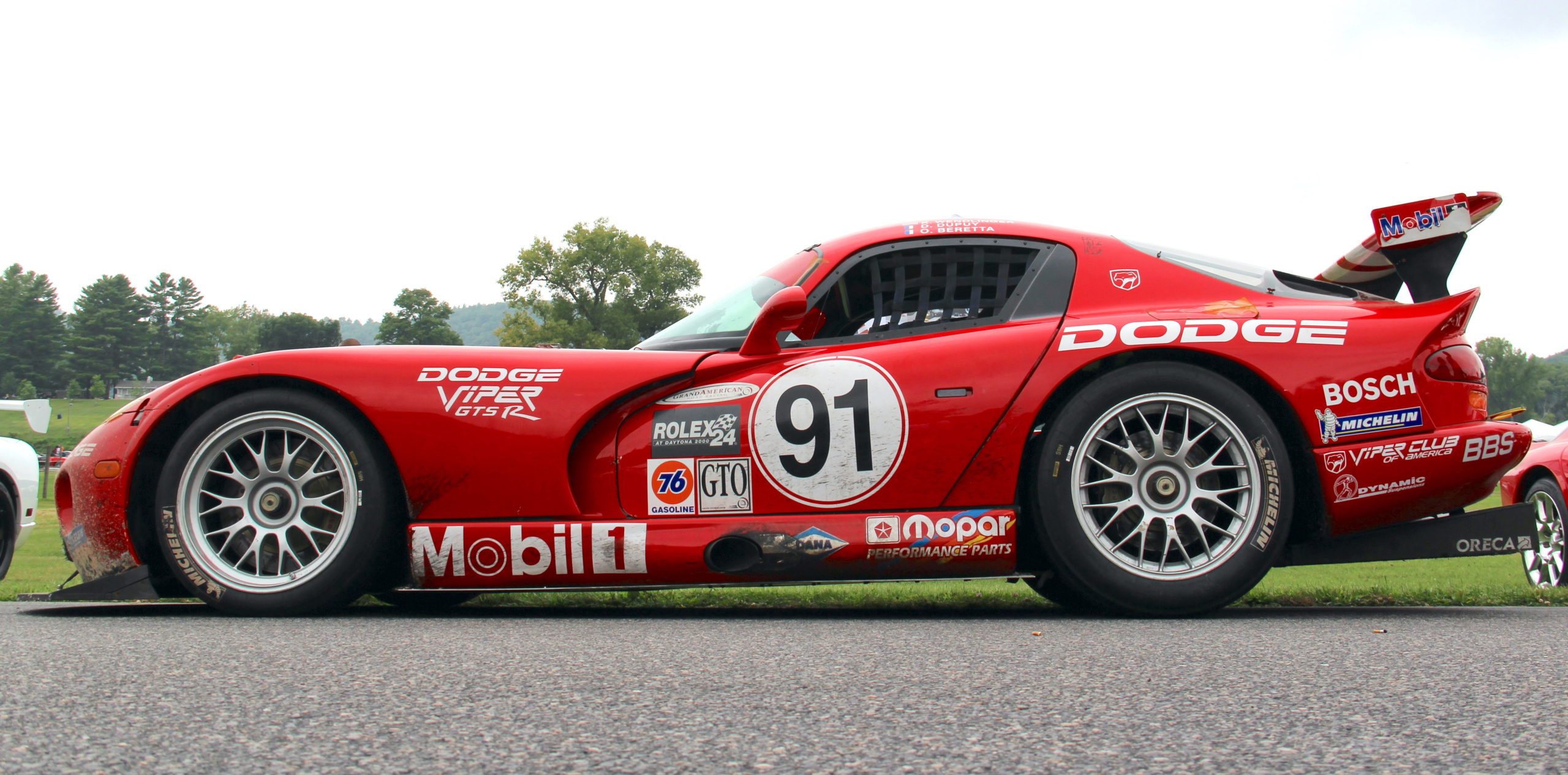
C21 was built in early 1999 at ORECA’s facility in Signes, France. It would contend for the FIA GT championship and debut at Monza wearing race number 2 on the red, white, and blue, ORECA/Mobil 1 swirl livery. The car finished second to its teammate and repeated the feat at the next race at Silverstone. At the 1999 Le Mans, C21 would compete in the renamed GTS class wearing number 53. Unfortunately, the car experienced a rare engine failure and did not finish the race.
Following Le Mans, C21 debut Chrysler’s effort in the fledgling American Le Mans Series (ALMS). C21 was badged as a Dodge and painted in Viper red with dual white stripes wearing race number 91. It would score 5 consecutive ALMS GTS class wins including the 10-hour Petit Le Mans at Road Atlanta in September and a Viper podium sweep. These wins and a runner up finish in the final race contributed both the Driver’s and Manufacturer’s ALMS Championships despite missing the series’ first two races.
In February of 2000, C21 was entered in the Grand Am series’ Rolex 24 at Daytona in the GTO class wearing race number 91. C21 was driven by Olivier Beretta, Dominique Dupuy, and Karl Wendlinger. C21, along with its GTS-R teammates, would engage in a fierce battle with the Pratt and Miller Corvette C5-Rs. As the race neared its conclusion, the leading prototype class cars all faltered and C21 assumed the overall lead. Considered unthinkable at the time, the Viper won the race overall crossing the finish line 31 seconds ahead of Corvette – the closest finish, to date, in Daytona 24-hour history. Viper became the first American series production car to win the Rolex 24 at Daytona OVERALL! C21 was retired to Chrysler’s historical collection in “as raced” condition.
1998 Blue Lightning: Land Speed Record Holder
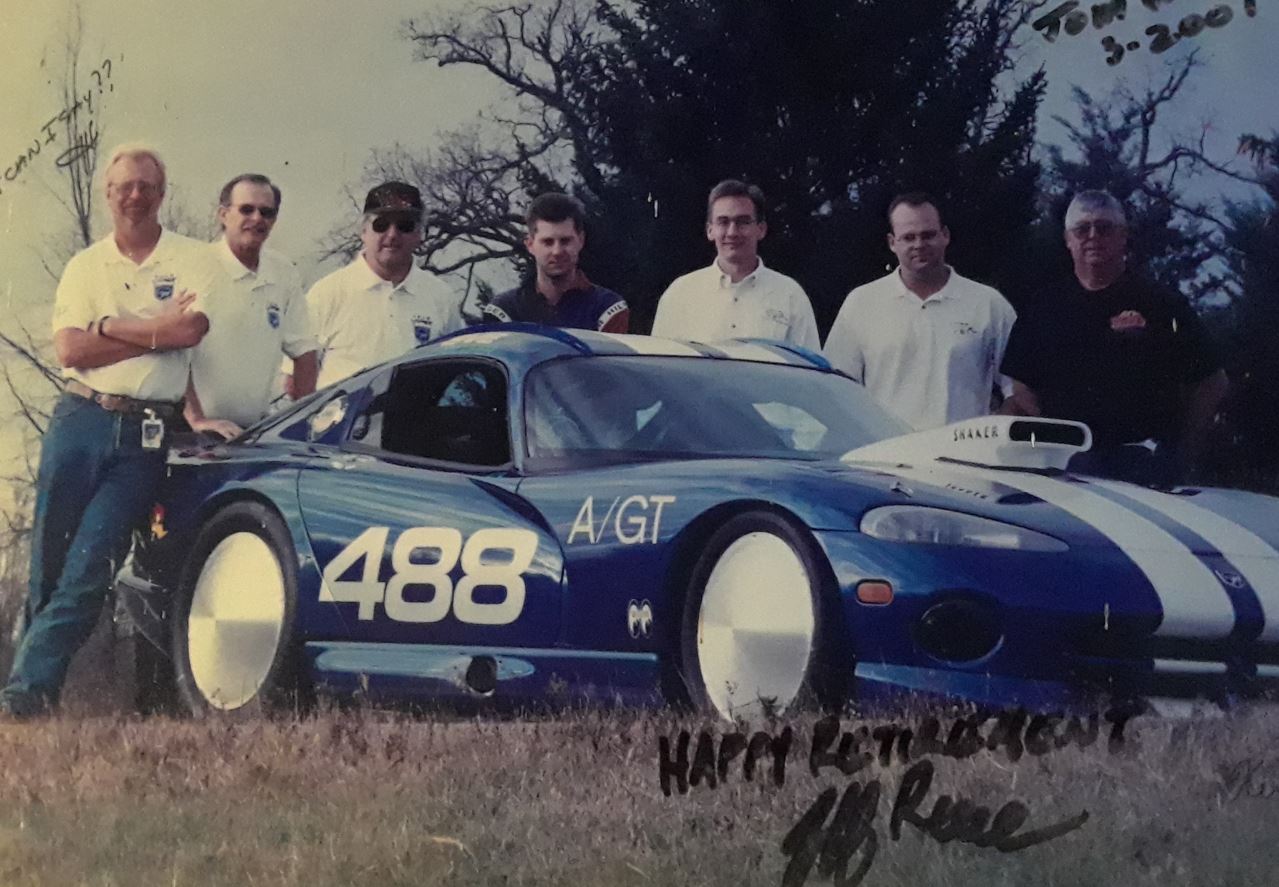
Blue Lighting was a 1996 GTS prototype built for 50,000-mile general endurance testing at Chelsea Proving Grounds. Upon completion, the GTS was modified for anti-lock braking system (ABS) development because suppliers were unwilling to build a car for ABS stops at the Vmax requirement of 200 miles per hour. As a result, the GTS was built for driver safety as a race car.
Herb Helbig had the vehicle built to Southern California Timing Association (SCTA) specifications. This would allow the Viper to compete for the land speed record (LSR) once ABS development was complete. Team Viper Engineering Mechanics, Wes Meetze and Jim Mather, built the car in the Feather Stone Engineering garage. The team started ABS testing at the retired Oscoda, MI Strategic Air Command base where Blue Lighting reach 210 miles per hour with more throttle than runway. The team also tested at the Arizona Proving Grounds and took a weekend to race at Edwards Air Force Base’s Muroc Dry Lake Reunion. Blue Lightning set the dry lakebed A/GT record at 178.89 miles per hour over 1-mile from a standing start. Blue Lightning was invited to the Maxton Mile in North Carolina and set the A/GT class record of 193.966 miles per hour. Blue Lightning was scheduled for the Bonneville Salt Flats in August ’98 when rain caused flooding and cancelled the time trials. Blue Lightening never raced again.
Blue Lightning was scheduled to be crushed and development costs written off. With the help of Ralph Gilles, the then FCA Product Chief and Viper advocate, Blue Lightning was rescued. Blue Lightning spent a year in restoration led by Herb Helbig with the help of the Chrysler Historical Society and resides at Connor Avenue Assembly Plant with other significant Chrysler, Dodge, Plymouth vehicles and significant Vipers.
Viper descriptions courtesy of Shawn Romig at Viperracinghistory.com
CONTACTS:
Dan DelBianco (412) 559-3500 delbianco@pvgp.org
Bernie Martin (412) 996-5700 bernardtmartin@pvgp.org
Susan Gera (724) 396-9372 media@pvgp.org
About the PVGP
Begun in 1983, the Pittsburgh Vintage Grand Prix is entering its 40-year and features two weekends of racing action. The first weekend is the PVGP Historics at Pitt Race. The second weekend is racing on a 2.33-mile road course set on the streets of Schenley Park, a city park adjacent to the Carnegie Mellon and University of Pittsburgh campuses. Between the race weekends there are car shows, parties, car shows road rallies, and more. PVGP is a volunteer-run event with 1,200 volunteers. The PVGP is a 501 (c) (3) non-profit organization with a charity mission and has raised $6 million for the Autism-Pittsburgh and Merakey Allegheny Valley School for individuals with intellectual disabilities and autism.
